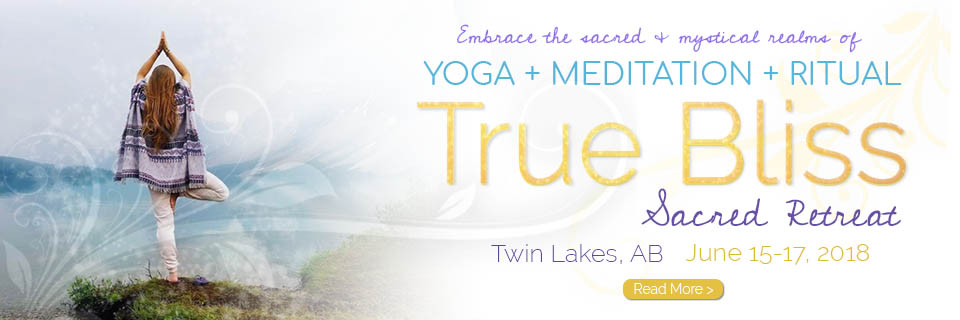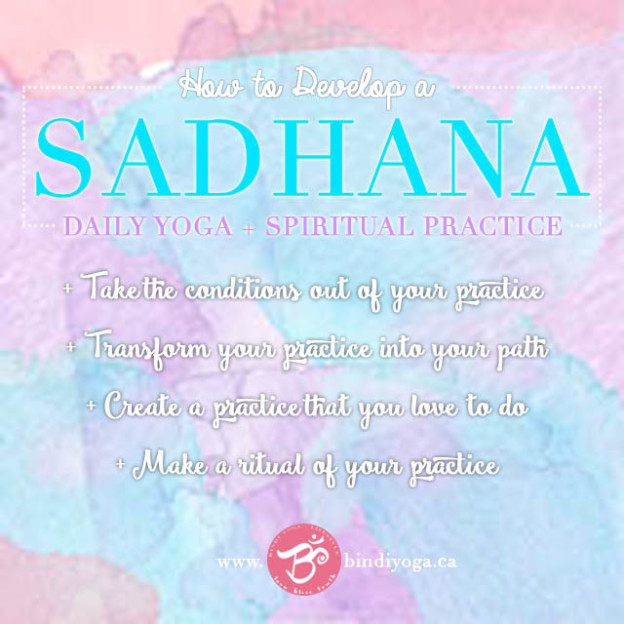Ultimately, the whole world is one’s altar. One’s sacred space is a place within, that we can tune into at any time to feel connected to our own True Self. However, there is something so nurturing and simply sacred about having a physical altar that we can turn to for daily inspiration and energy.
So here are some guidelines and inspiration to get you started on creating your own individual altar and sacred space!
WHAT IS AN ALTAR
Altars are sacred, defined spaces used in wisdom traditions, world religions and in the personal homes of spiritual seekers of all backgrounds from around the world.
An altar is a space that one may go to daily to recharge with positivity, gain inspiration for living a spirited life. One’s altar acts as a mirror and outer manifestation of our own Divine inner world to help us stay connected with our own Highest Self and the Absolute Oneness that connects us all.
Altars are sacred spaces often devoted to spiritual practices such as yoga, meditation, reflection, prayer, chanting, introspection, ritual, worship, or enjoyed simply as a space of sheer beauty, embodying the peace and calm one may seek.
Personal altars may range from being very simple or quite elaborate, and are created with items and elements of personal inspiration based on ones own individual path or lineage, preferences and reminders of Divinity.
WHY YOU SHOULD HAVE AN ALTAR
Creating sacred space for yourself is a sure way to nourish your soul! Creating a peaceful, calm, nurturing external environment, naturally our inner world begins to make this shift also.
An altar space is a safe, inspiring, nourishing space we can go to daily for inspiration, peace, to connect with our own innate wisdom and indulge in introspection.
In time, we begin to build a relationship with our altar. As we sit before the altar in spiritual practices (sadhana,) we begin to charge our altar with positive and healing energy. In turn, the altar items build and contain that energy and reflect it back to us as we practice within its proximity.
In this way, the altar is a constant reflection of our practices, love and devotion towards living a spirited life, and we are benefited greatly from this exchange.
INSPIRATION FOR HOW TO CREATE AN ALTAR
The possibilities for your altar creation are endless— use your intuition and listen to your heart when desiring your own unique sacred space!
You can set up your altar anywhere, but ideally you might choose the most comfortable, quiet and peaceful area of your home— and preferably a space where you could close the door and not be disturbed.
The foundation of your altar can be anything from a small table, platform, plate or tray, piece of fabric or dharba mat on the floor or a shelf you have.
To adorn your altar, based on your own beliefs, traditions, inspiration and intentions, choose objects, images or substances that personally connect you to your own True Self and remind you of Divinity.
Here are some examples:
+ Images of your Beloveds— your teachers, people of inspiration, saints, deities/archetypes, your family, partner etc.
+ Idols (murthis) of your own personal form of God (Ishta Devata)— Jesus Christ, Krishna, Shiva, Buddha, Allah, Saraswati, Angels, totem animals etc.
+ Items of inspiration that you feel connected to such as a seashell or feather you brought back from a life-changing adventure, beautiful art, tarot cards, books etc.
+ Delight your senses with textures, sights, smells, sounds. For example, in your space you can have cozy pillows, blankets or fabrics you love or mala beads for touch, the smell of your favorite aromatherapy oils diffusing, nourishing sounds of nature or soothing music to bring you into harmony, and plants, beautiful things or art that feed your eyes!
+ Include colors that invoke positive feelings within you and help you to feel precisely how you want to feel in that space.
+ Words of wisdom. You may write down and include a personal prayer, intention, affirmation, favorite inspirational quote, gratitude list or favorite mantra.
+ Invite the 5 elements. For example, you may wish to include:
Water = fresh or holy water contained in a vessel, or a small water fountain
Earth = plants, flowers, gemstones, crystals, mala beads
Fire = candles, ghee/oil lamps
Air = burning incense, sage, palo santo
Ether/Space = burn camphor, the invisible scent of flowers, chant Om, singing bowl
BONUS ALTAR CREATION TIPS
+ Try to set up your altar in a way that allows you to sit facing East or North for spiritual practices— the most auspicious directions.
+ When possible, choose metals or combined metals like gold, silver, copper or brass for idols (murthis,) as they hold a charge more than substances like wood or stone.
+ Turn your personal space into a sanctuary by clearing out clutter, mess, or unnecessary items from the space around your altar.
+ Create and initiate your altar with a grateful heart and feed your altar with love and appreciation every time you see it.
ALTAR MAINTENANCE
Here are a few tips to help preserve and build the energy of your altar space so you can receive even more benefit from the altar!
+ Never point your feet towards the altar.
+ Only items that are new and clean should be put on the altar (new incense, candles, even clean the altar with new paper towel each time, or have a special cloth used only for cleaning altar.)
+ Never place sacred objects directly on the floor— you may use a cloth underneath as a barrier if necessary.
+ Avoid moving your altar or altar objects around unnecessarily. Keeping your altar fixed helps to prevent dissipating the energy preserved within it.
+ Keep it clean— regularly wipe any incense remnants, dust, candle wax drips.
+ Avoid placing mundane objects on the altar such as cups, phones, lighters, pens etc.
+ The fragrance and beauty of elements of nature such as flowers, are given as offerings to the Divine and are not meant to be intentionally smelled.
+ Put nature back into nature— altar objects absorb the energy of offerings such as flowers and give energy back to the flower – in this way, the flowers given to the altar are considered sacred and should be put back into nature, not thrown in the garbage.
Now it’s time to get started on creating your own personal altar and sacred space! What will you include on your altar?








